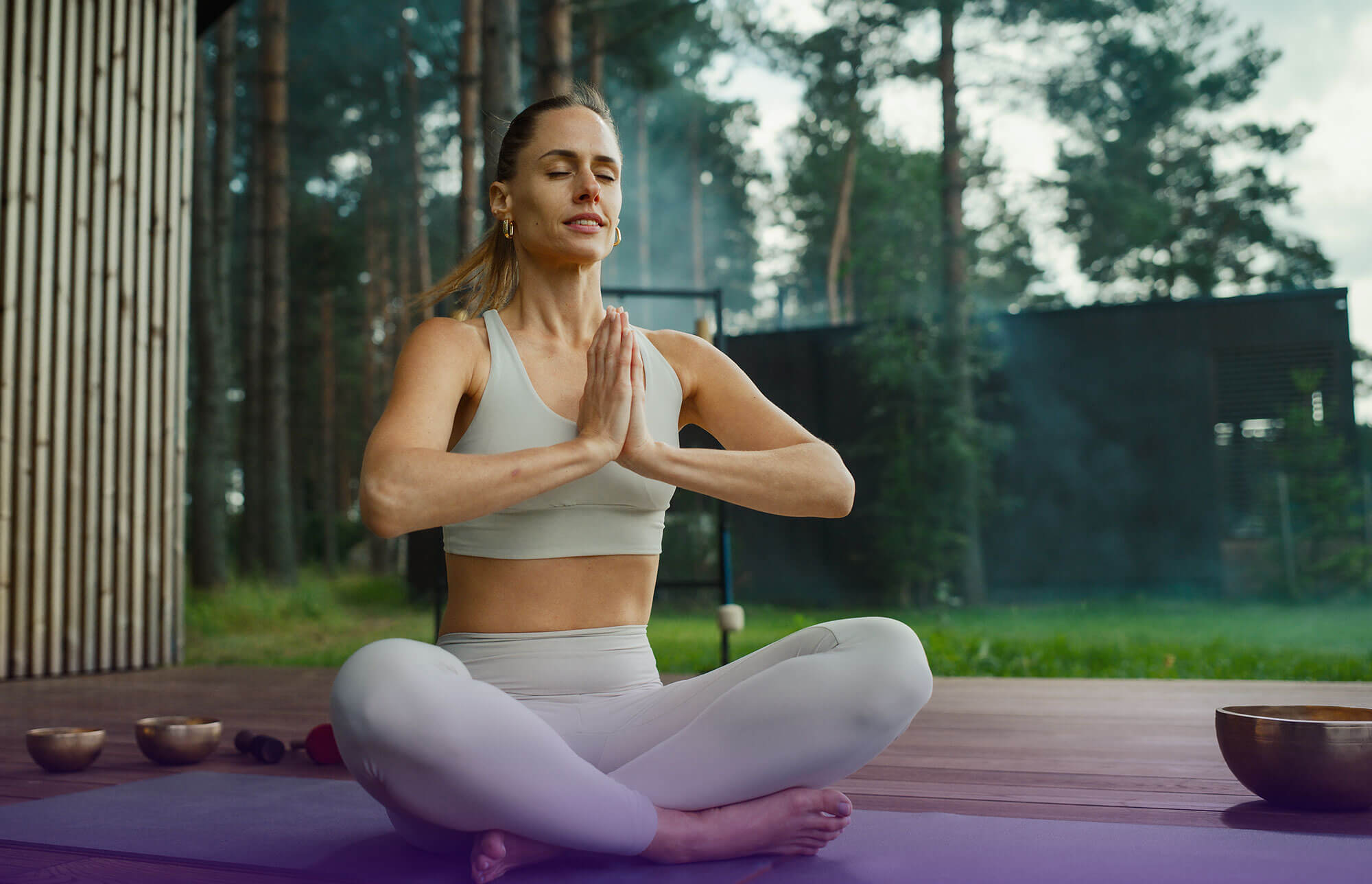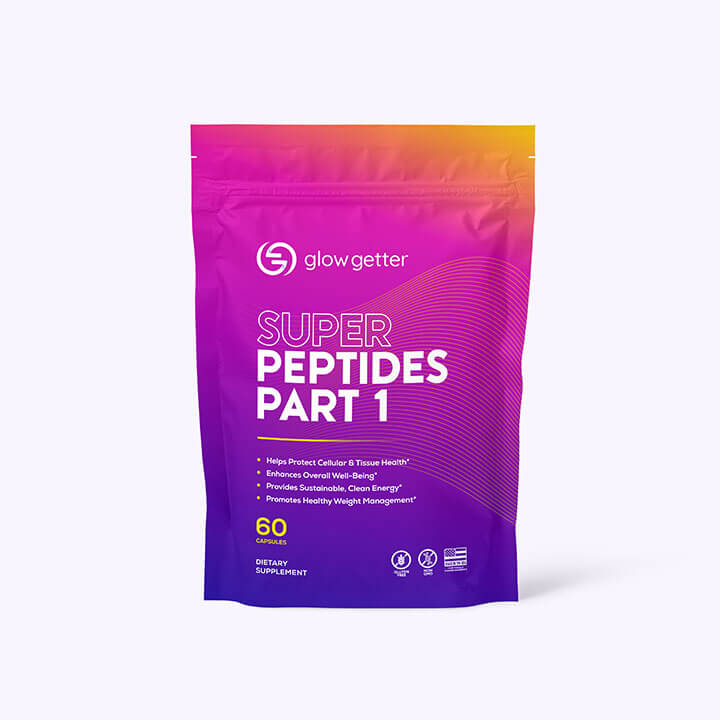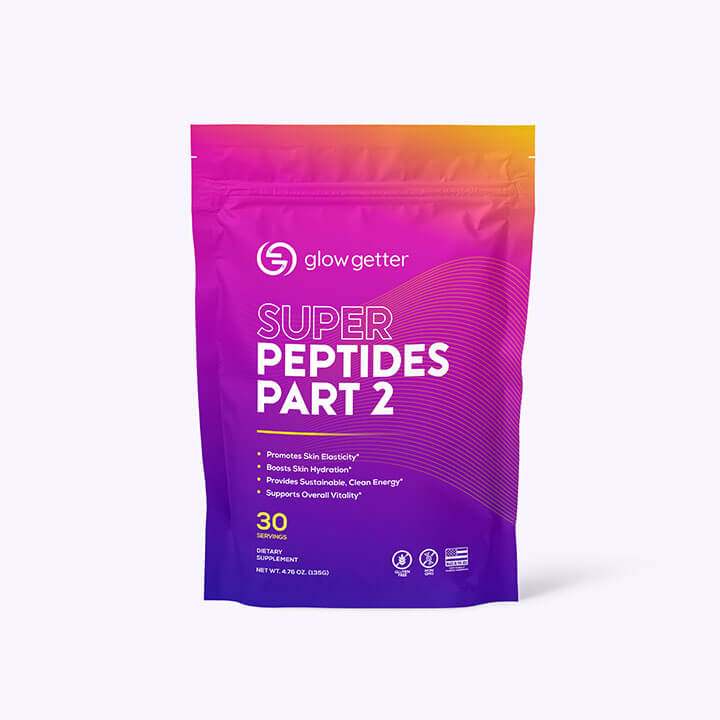Whether you have a backyard, patio, or balcony, transforming your outdoor area into a wellness zone is one of the most practical, high-return investments you can make in your mental and physical health. This is about building a space that slows you down, grounds your senses, and helps you recover from everything modern life demands.
Here's how to turn your outdoor space into a true healing sanctuary, using plants, grounding materials, and intentional design that works for your real life.
Define the Purpose of Your Space
Before you plant a single flower or buy a new garden box, get clear on what you want this space to do for you.
- Do you need a morning reset with your coffee and some calm?
- A post-work decompression zone?
- A weekend reading spot or a gentle yoga space?
- A private place to just breathe?
You don't need to overthink it, but clarity helps. Defining your intention will guide everything else, from plant choice to furniture layout.
Start From the Ground Up (Literally)
Your feet are your first point of contact with any space. The ground doesn't just support you physically, it sends signals to your nervous system. When it's cold, artificial, or overly polished, your body stays in alert mode. When it's warm, textured, and natural, you can relax into it. This is the basis of "earthing" or "grounding," practices that have been shown to help reduce inflammation and support sleep and mood (Journal of Environmental and Public Health).
Think of the ground as the foundation of the mood you're trying to create. Whether your space is large or compact, choosing grounding materials, those that connect you back to the earth, can shift your entire experience of being outside.
Here are better choices to build from:
Wood Decking
Especially untreated or reclaimed wood. It's warm, visually calming, and has just the right amount of give when you walk on it. Over time, it weathers into an even softer, more grounded look. If you're concerned about maintenance, a pressure-treated option with natural wood tones can still offer that earthy feel without constant upkeep.
Gravel or River Rock
Gravel adds texture, a satisfying crunch underfoot, and natural drainage. It's ideal for meditation zones, walking paths, or filling in areas between pavers. River rock is smooth and tactile, great for areas where water tends to pool. Both materials signal a return to nature, even in urban settings.
Brick or Natural Stone
Heavier materials like brick, flagstone, or slate add visual weight and presence to the space. They're durable and hold warmth from the sun. Natural stone creates a sense of rootedness, perfect for seating areas, reading nooks, or spots where you want to linger and feel solid.
Grass or Clover
If you're someone who likes to walk barefoot, nothing beats a soft lawn. Clover is especially low-maintenance, eco-friendly, and naturally lush underfoot. If you already have grass, let it be part of your barefoot ritual. If you don't, even a small patch in a raised bed or corner can do the trick.
Outdoor Rugs Made from Natural Fibers
No yard? No problem. A jute, cotton, or hemp outdoor rug over tile, wood, or even concrete immediately warms up the space. These fibers feel grounded and textured—not plasticky or slick like many synthetic outdoor options. They also help define zones like a tea corner or yoga mat area on balconies and patios.
Choose Plants That Do More Than Look Good
Plants are the heartbeat of any outdoor sanctuary. But in a wellness space, they should do more than just sit there and look pretty. The goal isn't Pinterest-perfect landscaping. It's to surround yourself with living elements that actively support your well-being.
That means choosing plants that are low-maintenance, useful, and engaging to the senses. What you grow should work with your lifestyle, not add stress to it. Think of your garden as a living toolkit for calm, focus, and health.
Pick Plants That Engage the Senses
When selecting what to plant, aim for a mix of visual appeal, aroma, texture, and functionality. Here's a breakdown of plants that pull double (or triple) duty:
Lavender
A classic for a reason. Its scent is proven to reduce anxiety and help with sleep. Multiple clinical studies show that inhaling lavender essential oil significantly improves sleep quality—especially slow-wave (deep) sleep—and helps calm the nervous system.
Rosemary + Mint
Both are aromatic, edible, and energizing. Rosemary's sharp, woodsy scent can boost alertness. It's ideal near a morning coffee zone. Mint is refreshing and calming, great for teas or infused water. Just be sure to contain mint in a pot, as it spreads fast.
Echinacea + Calendula
These flowering herbs bring color and medicinal value. Echinacea supports immune health and attracts pollinators like bees and butterflies. Calendula (also known as marigold) is anti-inflammatory and great for skin care. Dry the petals and use them in oils or homemade salves.
Lemongrass or Citronella
More than decorative grasses, these are your natural defense against mosquitoes. Lemongrass has a fresh, citrus scent and can be used in teas or cooking. Citronella, often confused with the scented geranium, helps repel pests and adds movement and softness to your space.
Grasses and Ferns
Ornamental grasses add motion, one of the most overlooked sensory elements in outdoor design. They sway in the breeze, adding a meditative, almost hypnotic effect. Ferns are cooling, lush, and great for shaded corners. Together, they soften hard edges and add depth to your garden.
Aloe Vera
Hardy, sculptural, and functional. Break open the leaves for sunburn relief, minor cuts, or skin hydration. Aloe thrives in the sun and doesn't need frequent watering, making it perfect for low-maintenance wellness zones.
Use Vertical Space if You're Short on Square Footage
You don't need a yard to grow plants that serve your wellness goals. If you're working with a balcony, fire escape, or small patio:
- Use planter boxes or vertical wall gardens to maximize space.
- Hang herbs in pots near the kitchen door for easy access.
- Use trellises or hanging baskets to add layers and soften fences or railings.
- Try tiered shelving for visual interest and easy watering.
Container gardening gives you full control over soil, sunlight, and layout—and it's easy to rearrange as your needs change.
Layer in Natural Textures
Healing spaces feel different because they engage your senses, especially touch. Natural textures regulate the nervous system and create warmth.
Materials to incorporate:
- Wood — Use for benches, planters, or decking.
- Stone — Add stepping stones, rock arrangements, or edging.
- Clay or ceramic — Use for planters, lanterns, or water bowls.
- Woven materials — Jute rugs, bamboo screens, rattan chairs.
- Soft elements — Linen cushions, cotton throws, or wool blankets for cool evenings.
The goal is to surround yourself with materials that feel real—not overly polished, plastic, or synthetic.
Add Lighting That Supports the Nervous System
Light influences mood more than we realize. Bright artificial lights or floodlights can spike stress hormones at night. Instead, aim for lighting that feels natural, warm, and calm.
Use a mix of:
- Solar-powered lanterns — Gentle glow, eco-friendly.
- String lights — Soft overhead light without harsh glare.
- Candlelight or fire bowls — Create focus and warmth.
- Low-voltage path lights — Add safety without over-brightness.
And don't underestimate natural sunlight. Set up your space to capture early morning or late afternoon light when possible. Natural light exposure acts as a powerful "zeitgeber" (time-giver) that helps regulate circadian rhythms, boosts melatonin production, and supports better sleep, mood, and daytime energy (according to Stanford Center on Longevity).
Add Water, Sound, and Silence
Healing spaces aren't just visual, they're auditory too. Sound (or the intentional absence of it) directly affects your ability to relax.
Consider:
- Tabletop fountain or bubbling water bowl — Excellent for blocking ambient city noise.
- Bird feeder or birdbath — Brings life and natural sound to your space.
- Wind chimes — Choose bamboo or copper for a soft tone.
- Sound-dampening plants — Tall grasses, bamboo, or hedges help buffer traffic or neighbor noise.
Silence is also a feature. Don't crowd your space with too many gadgets or Bluetooth speakers.
Protect It from Your To-Do List
Finally, make this space off-limits to your productivity brain. No work calls, no spreadsheets, no mental planning. You have enough of that everywhere else.
This is your nervous system's timeout zone. Let it be slow, quiet, and yours.
Your Backyard, But Make It Medicine
Wellness isn't something you wait to earn, it's something you build into your life. A healing outdoor sanctuary doesn't need to be big, expensive, or perfect. It just needs to serve you.
If you're building a business, managing a team, raising a family, or doing all three, having a space to land and breathe is more than a luxury. It's part of your strategy for staying grounded, clear, and strong.
So, step outside. Touch something real. Light a candle. Sit still. Let your space do the rest.









